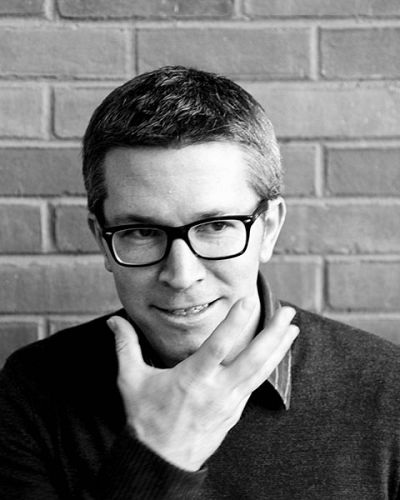
Background
Sidney Dement likes to design courses that showcase the interdisciplinary nature of Russian Studies. In "Moscow and Petersburg," he examines Russia's capitals through the lenses of history, architecture, urban studies, and literature. In "Slavic Folklore," students learn the folk tales, healing rituals, and archaic beliefs of the Slavs while also learning the methods of folkloristics, a discipline that draws heavily from anthropology, history and literature. In addition to courses in Russian Studies, Dement also teaches students to speak, understand, read and write the Russian language — a useful skillset to have in many social and professional settings.
Pushkin's Monument and Allusion: Poem, Statue, Performance (University of Toronto Press) unpacks the allusive history of Russia's most famous monument to her greatest poet, Alexander Pushkin. The Monument is simultaneously a poem, a statue, and a performative space. Analyzing the interpenetration of these three dimensions tells the story of one of Russia's significant aesthetic objects while at the same time making discoveries about the works of the poets, novelists, sculptors and theoreticians who conceptualized and transformed it. In shorter publications, Dement explores other dimensions of the intersection of verbal and visual culture. For example, in one essay he explains why the architecture of the banya is significant for interpreting Mikhail Bulgakov's Master and Margarita. In another essay, he interprets Borislav Pekić's novel, How to Quiet a Vampire, by unraveling the visual, philosophical and literary dimensions of what might otherwise seem like a quite ordinary umbrella.
Pushkin's Monument and Allusion has been reviewed in The Russian Review, Slavic and East European Journal, and Slavic Review.
Select Publications
- 2023. "In Theory: Дезинформация," Russian Language Journal 73.2: 23-34.
- 2018. «Архитектура как прием: Эстетика и читательское восприятие особняка Маргариты». Творчество М. Булгакова: Pro et contra. О. А. Богданова, редактор. Санкт-Петербург: Изд-во РХГА. ["Architecture as Device: The Aesthetics and Reader Reception of Margarita's Mansion." The Works of M. Bulgakov: Pro et Contra. O. A. Bogdanova, ed. Saint Petersburg, Russia: Russian Christian Humanities Academy Press.] (in press)
- 2016. "Architectural Details from Moscow's Sandunov Banyas in M.A. Bulgakov's Master and Margarita." Slavic and East European Journal 60.1 (Spring 2016): 87-105.
- 2015. "The Lifelike Statues of Ovid and Pushkin's Orthodoxy." Pushkin Review 18-19 (2015-2016): 85-105. Invited for re-publication in Russian as: «Жизнеподобие статуй Овидия и православие Пушкина». Итоги и перспективы экфрастической теории. Т. Е. Автухович, редактор. Польша, Седльце: Изд-во Естественно-гуманитарного университета в Седльце, 2018: 168-190.
- 2012. "Umbrellas, Dialectic, and Dialogue in Borislav Pekić's How to Quiet a Vampire." Slavic and East European Journal 56.2 (Summer 2012): 153-72.
Education
- MA, PhD, University of Kansas
- BA, MidAmerica Nazarene University
Research Interests
- Alexander Pushkin
- Mikhail Bulgakov
- Moscow-Tartu Semiotics
- Intellectual and Cultural History
- Slavic Folklore
Teaching Interests
- Slavic Folklore
- Moscow and St. Petersburg
- Russian Culture and Civilization
- Activism in Russia
- Stalingrad
- Russian Language